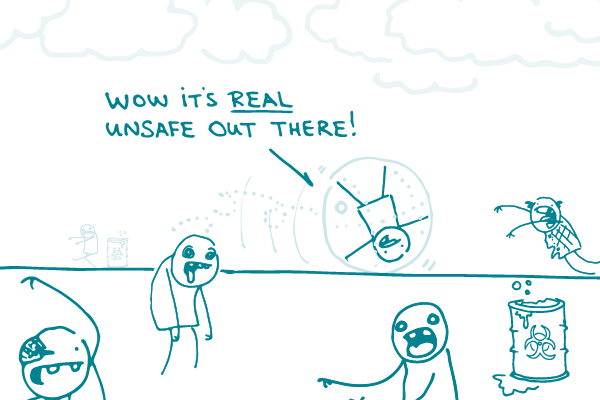
If you’re a plain language writer, you may shudder at the word “contaminated.” It’s a word that many audiences struggle to understand, and yet it shows up a lot in environmental health writing.
Typically, the first line of attack when encountering a tough word is to avoid using it altogether. But, in this case, what word can you use instead?
“Polluted” might work, but that’s not particularly plain language either — and sometimes it won’t technically be a correct substitution. And if a consumer has to deal with an ongoing contamination situation, then it can be a term worth knowing. What’s a clear communicator to do?
To best explain this concept to your readers, focus on the outcome: If something is contaminated, what does that mean for them? Usually, the contaminated thing isn’t safe — to eat, drink, use, touch, and so forth. So, contaminated = unsafe.
If you have to write about something that’s contaminated, check out these examples that may make your life easier:
- The germs contaminated the food (made it unsafe to eat).
- Community members were concerned about contaminated (unsafe) water.
- Put the contaminated (unsafe) items in a trash bag right away.
Now, go forth and write about things that are contaminated — with ease and simplicity!
The bottom line: “Contaminated” can be a difficult word, but people may need to know what it means. If you have to use it, define it in parentheses. We like “unsafe.”
Browse recent posts